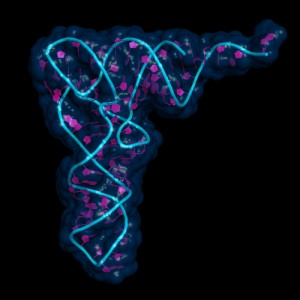Friedreich’s Ataxia Patients’ Clinical Characteristics Studies To Improve Translational Research

 In a recent study entitled “Biological and clinical characteristics of the European Friedreich’s Ataxia Consortium for Translational Studies (EFACTS) cohort: a cross-sectional analysis of baseline data,” researchers describe the biological and clinical characteristics of patients with Friedreich’s Ataxia as a model of clinical outcomes to be used in translational studies. The report was published in the journal Lancet Neurology.
In a recent study entitled “Biological and clinical characteristics of the European Friedreich’s Ataxia Consortium for Translational Studies (EFACTS) cohort: a cross-sectional analysis of baseline data,” researchers describe the biological and clinical characteristics of patients with Friedreich’s Ataxia as a model of clinical outcomes to be used in translational studies. The report was published in the journal Lancet Neurology.
Friedreich’s ataxia was first described as a “degenerative atrophy of the spinal posterior columns,” however, with increasing research the clinical phenotype of this disease is increasingly being extended as a disease carrying both neurological symptoms, such as poor balance and impaired coordination (among others), but also several non-neurological features, including hypertrophic cardiomyopathy, diabetes, abnormal curvature of the spine (kyphoscoliosis) and foot deformities. Friedreich’s ataxia is a rare autosomal recessive neurodegenerative disorder with a genetic component, a mutation that generates the expansion of a GAA triplet at the FXN gene leading to a decrease of its coded protein frataxin (a mitochondrial protein).
In this new report, a team of researchers describes the results obtained from an analysis performed on a cohort of patients (in total 592 patients) with Friedreich’s Ataxia integrated in the consortium established in 2010 – The European Friedreich’s Ataxia Consortium for Translational Studies (EFACTS). Patients genetically confirmed with Friedreich’s Ataxia were enrolled from the EFACTS at 11 centers in seven different European countries. The primary study outcome was the Scale for the Assessment and Rating of Ataxia (SARA) with subsequent measurements of other neurological parameters, as well as quality-of-life as secondary outcomes. The cohort patients were divided into groups based on the age of disease onset: early, middle and late stages, defined as ≤14 years, from 15–24 years and ≥25 years, respectively.
The authors were able to confirm that indeed age of disease onset is inversely correlated with the number of repeats of the GAA triplet, with their predictions indicating a 2- or 3-year earlier onset for every 100 GA repeats. Notably, however, these GAA repeats are identified as the underlying cause of the disease only in 36% of the cases, suggesting that other unknown events are yet to be identified. Additionally, the authors highlight that all outcomes measured (with the exception of the EQ-5D health profile) were significant estimates of annual disease progression. Therefore, the EFACTS establishes that using SARA in combination with daily-activity measurements are robust outcome parameters to be evaluated in future Friedreich’s ataxia clinical trials.






